Did you think that it was only the “Free Entrance Days” in the United States National Park system that let you get into the 400+ parks and enjoy it all for free? This year, National Park Week is April 20 through April 28th, when you can get into all of the parks entirely for free. There are a few other dates, too and you can find them at the National Park Service website, here.
Yet, The Great Smoky Mountains National Park is an entirely unique entity because, as the NPS explains, “Entrance to Great Smoky Mountains National Park is free. The park is one of the few national parks where no entrance fees are charged.” Why? Well, it has to do with the stipulations that Tennessee insisted on when it transferred the land now known as the park to the federal government in the 1930s.
Back then, the state insisted that no toll or fee would be imposed on those who needed to travel the Newfound Gap Road, and so that is why everyone who wants to visit the park is welcome to do so entirely for free. There are some activities with fees attached (such as camping or hiring horses from the providers within the park), and donations are always welcome, but if you have almost no budget for a vacation, this gorgeous paradise is yours to enjoy for free!
What to Do in Great Smoky Mountains National Park
And what sorts of things can you do in the park? Firstly, you should know that people of all ages and capabilities can enjoy the park because it has some truly amazing roadways. If you have a car, motorcycle or even a bicycle, you’ll love planning journeys on the following roads:
- Roaring Fork Motor Trail – This is only six miles, is a loop road and promises amazing views of the mountains, the valleys and two stunning waterfalls. Pack a picnic and plan some hiking because the trails here are also remarkable and let you see the remains of old villages, a cemetery and more.
- Newfound Gap Road – Be sure you drive the road that lets you get in for free! With an amazing number of notches and scenic vistas, it is worth a full day of your time. Stop and explore different points along the 31-mile stretch that takes you from Gatlinburg to the Sugarlands Visitor Center. Be sure to bring your camera!
- Cades Cove – Described as one of the most famous spots in the park, it is surprisingly peaceful and often isolated. It is a gorgeous valley that was once a large settlement, and though you can drive it, you may want to give yourself the delights of a full day of exploration on foot. There are old churches, a grist mill, scores of cabins dating back to the 1700s and 1800s, and all kinds of wildlife to see. It is a loop road and is a real favorite of those who enjoy bicycling (you can rent a bike here, too!) Don’t miss the visitor center.
You can also enjoy a hike to Clingmans Dome, or hike different trails to waterfalls like Grotto Falls, Abrams Falls and Laurel Falls. If you are in good shape and experienced in hiking, a day trip up to Chimney Tops is also an amazing, free activity to enjoy!
Forget the “staycation” when you can head to the Great Smoky Mountains National Park and enjoy days of free activities set in one of the most beautiful spots in the country.

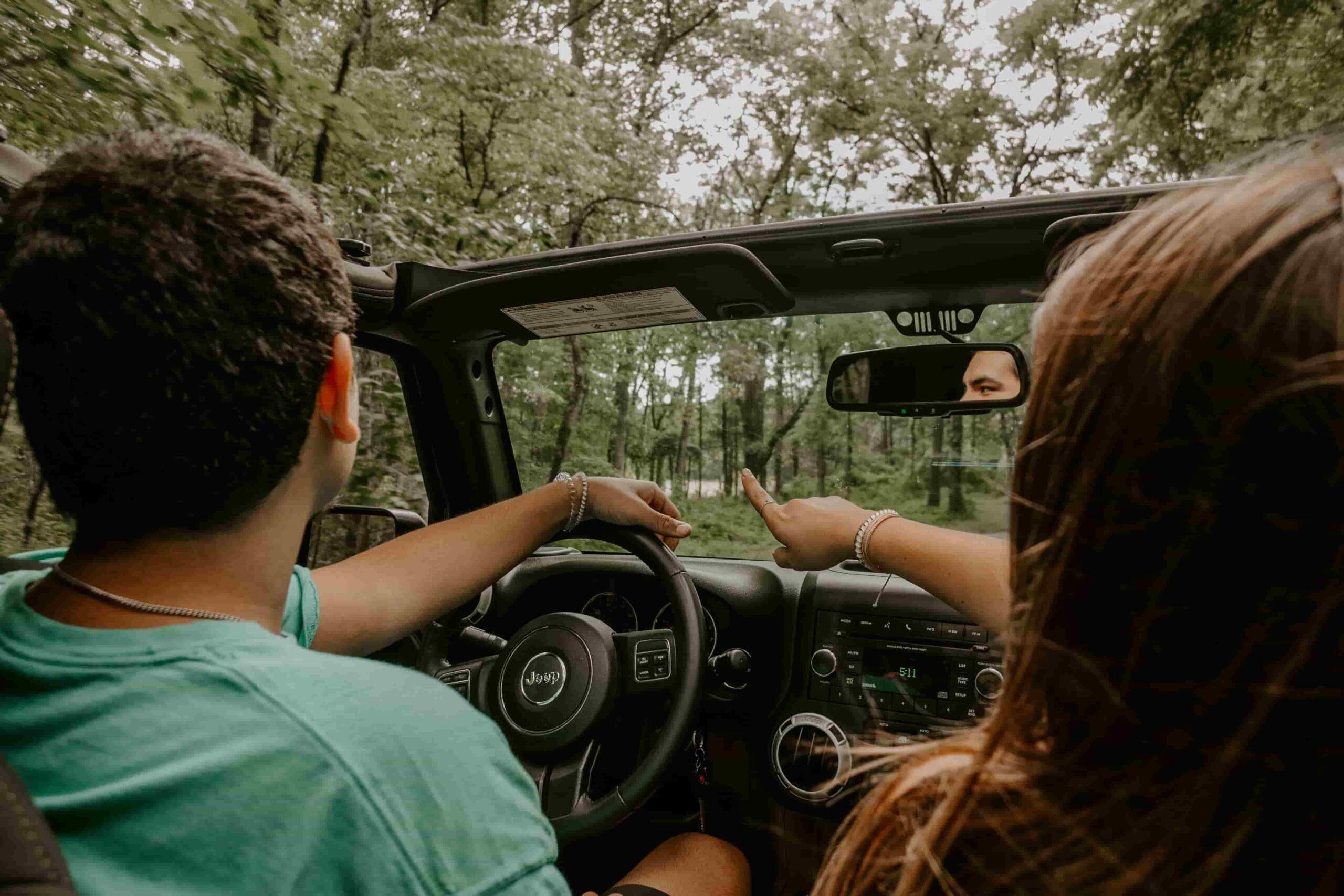


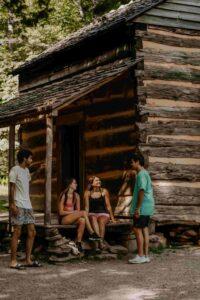
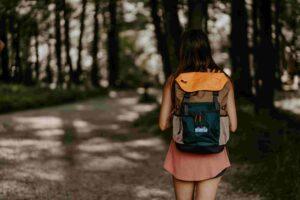
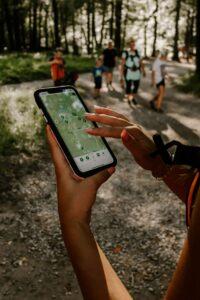
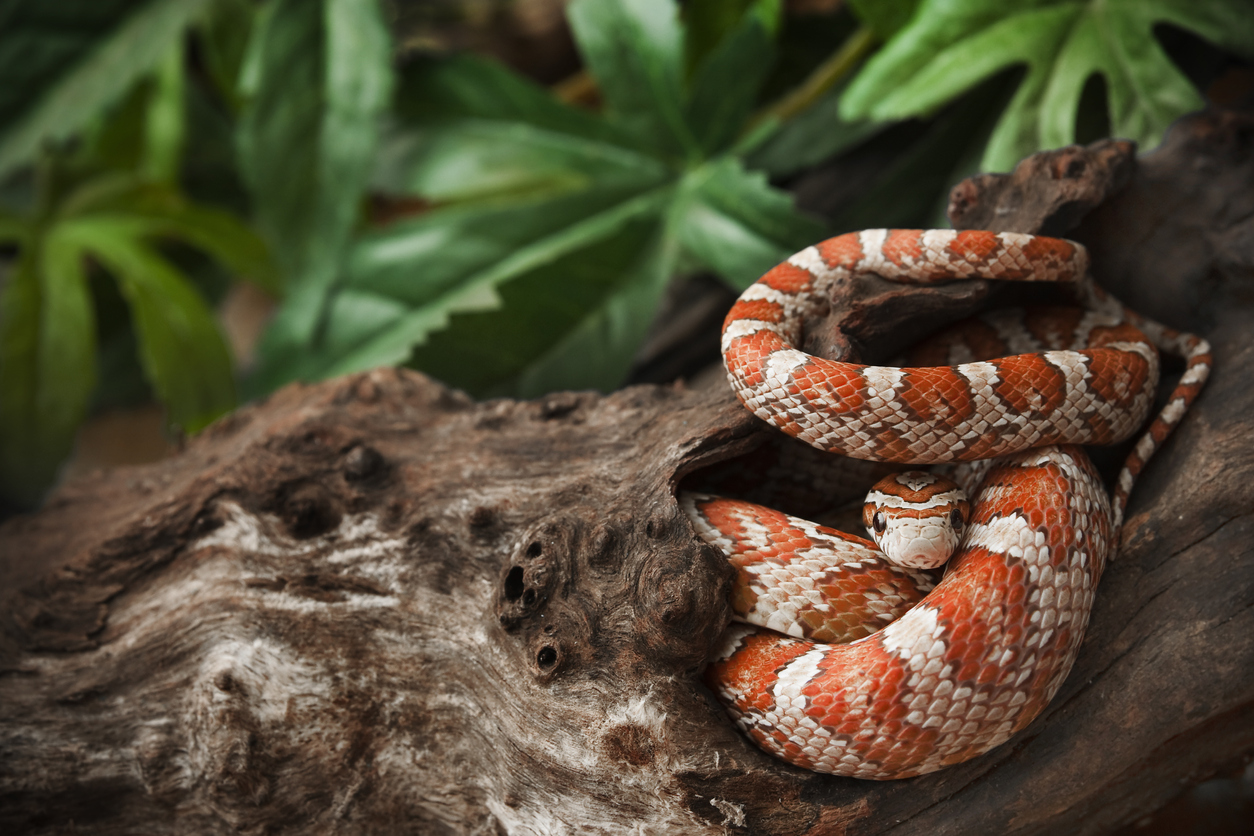
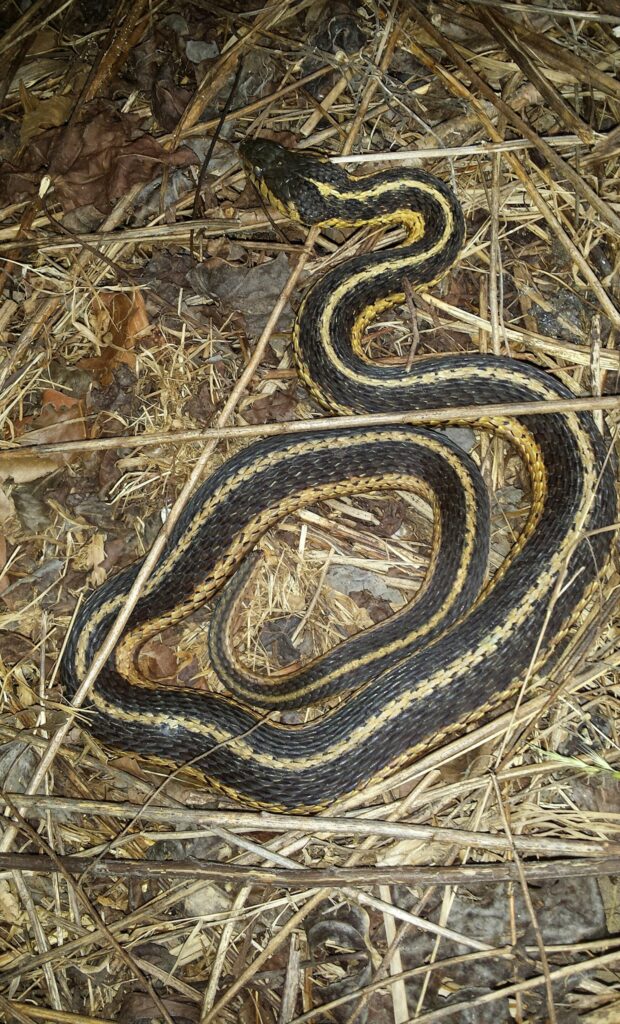
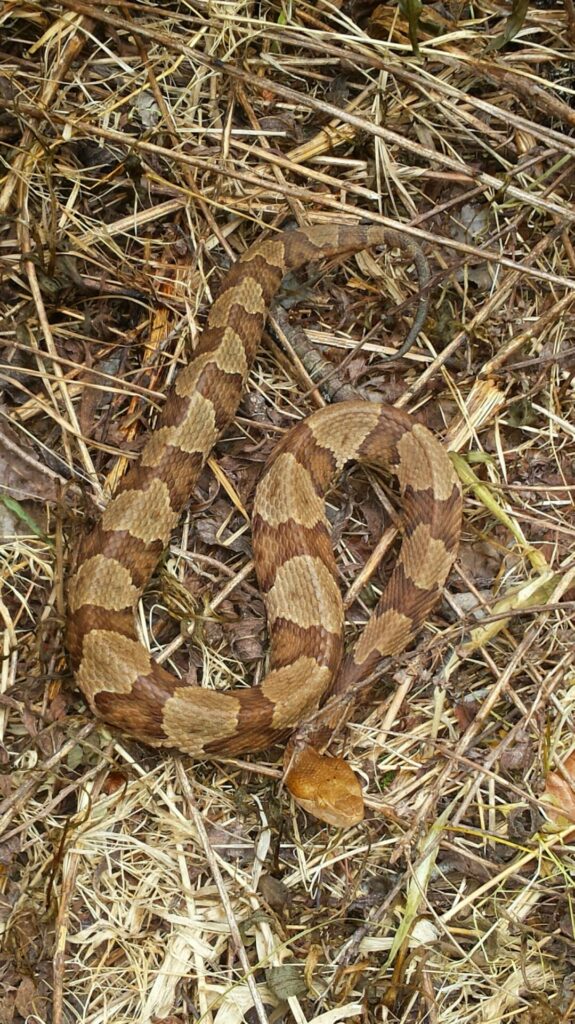
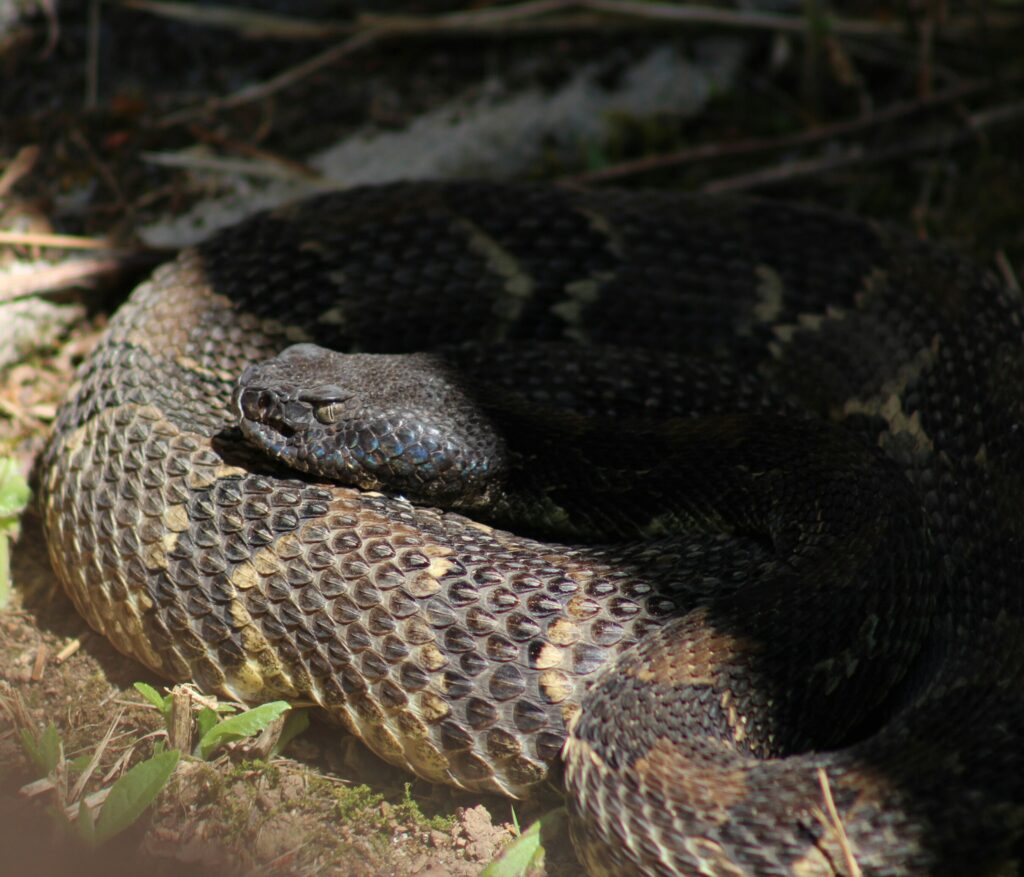
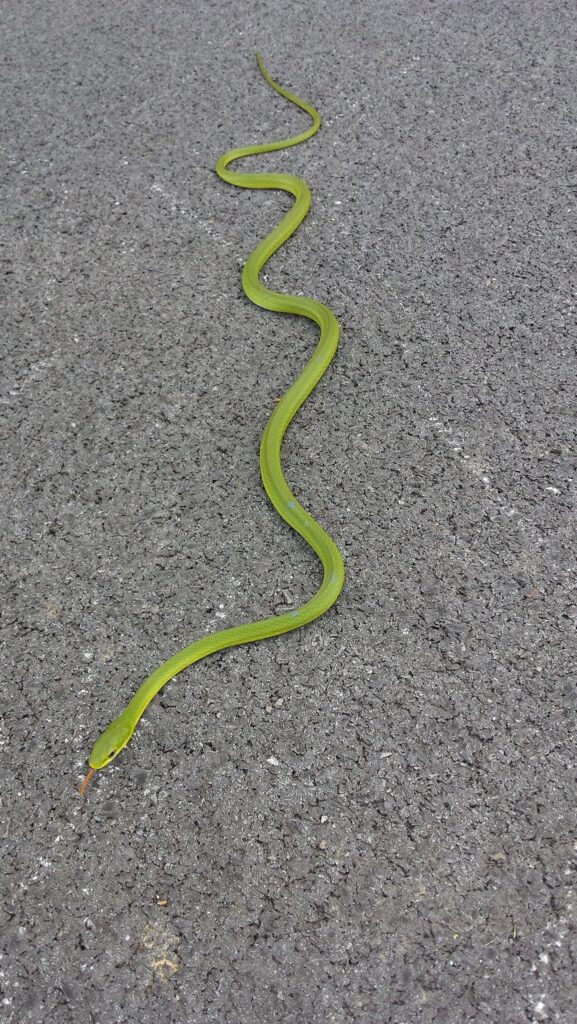

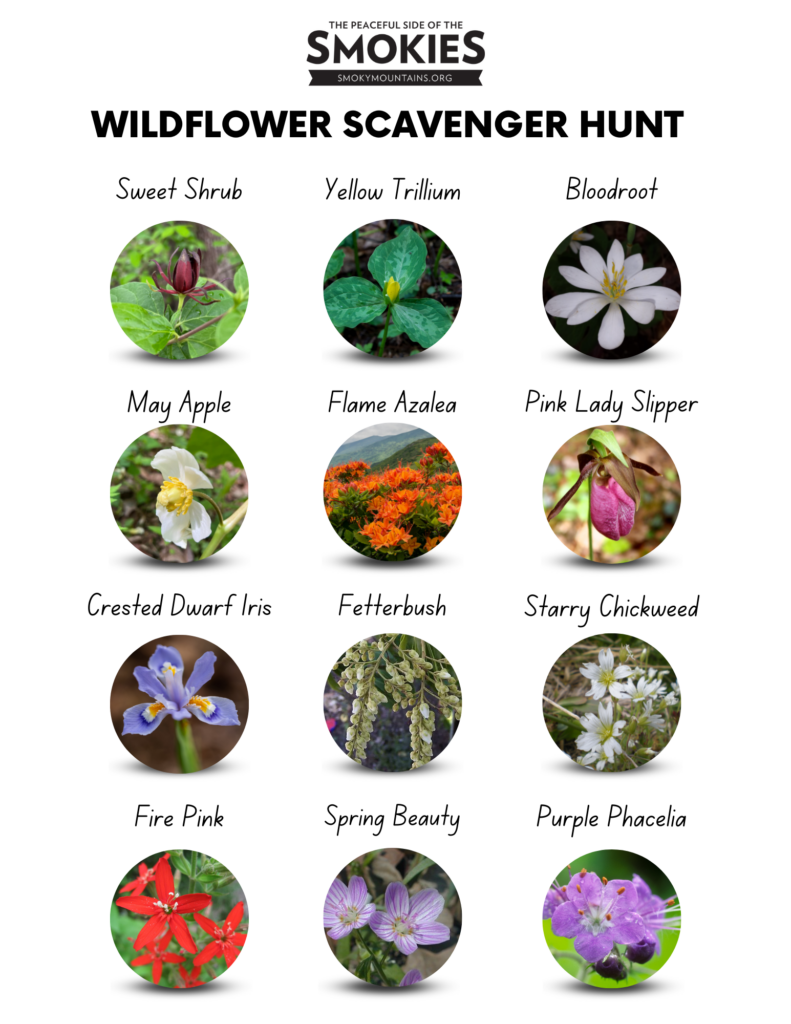


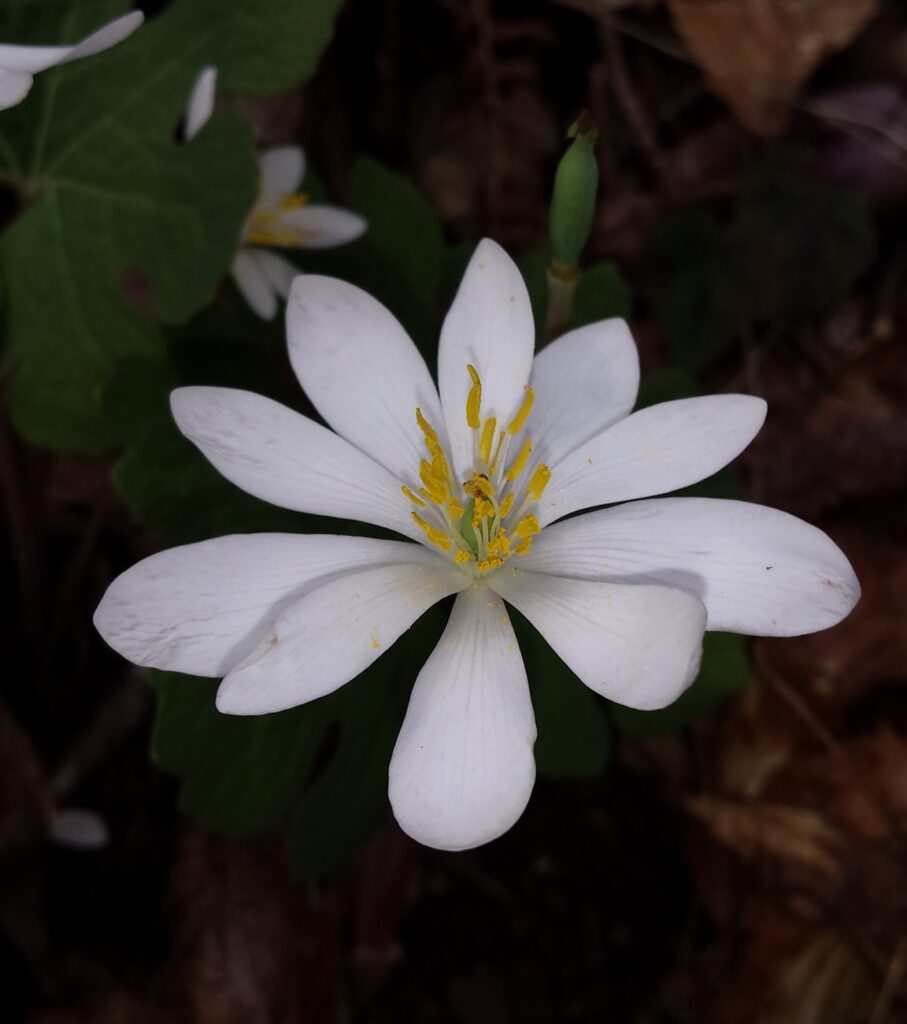










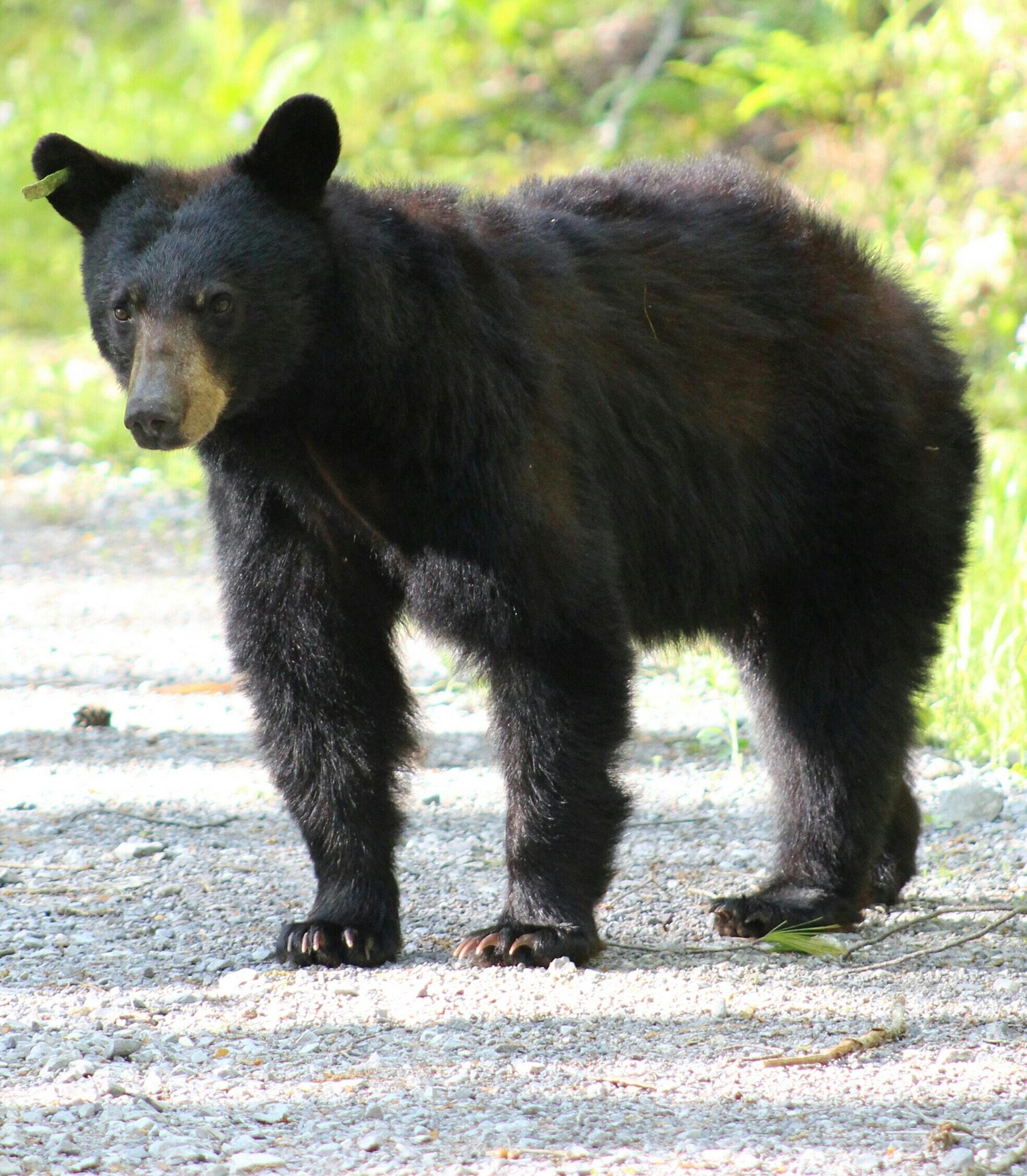
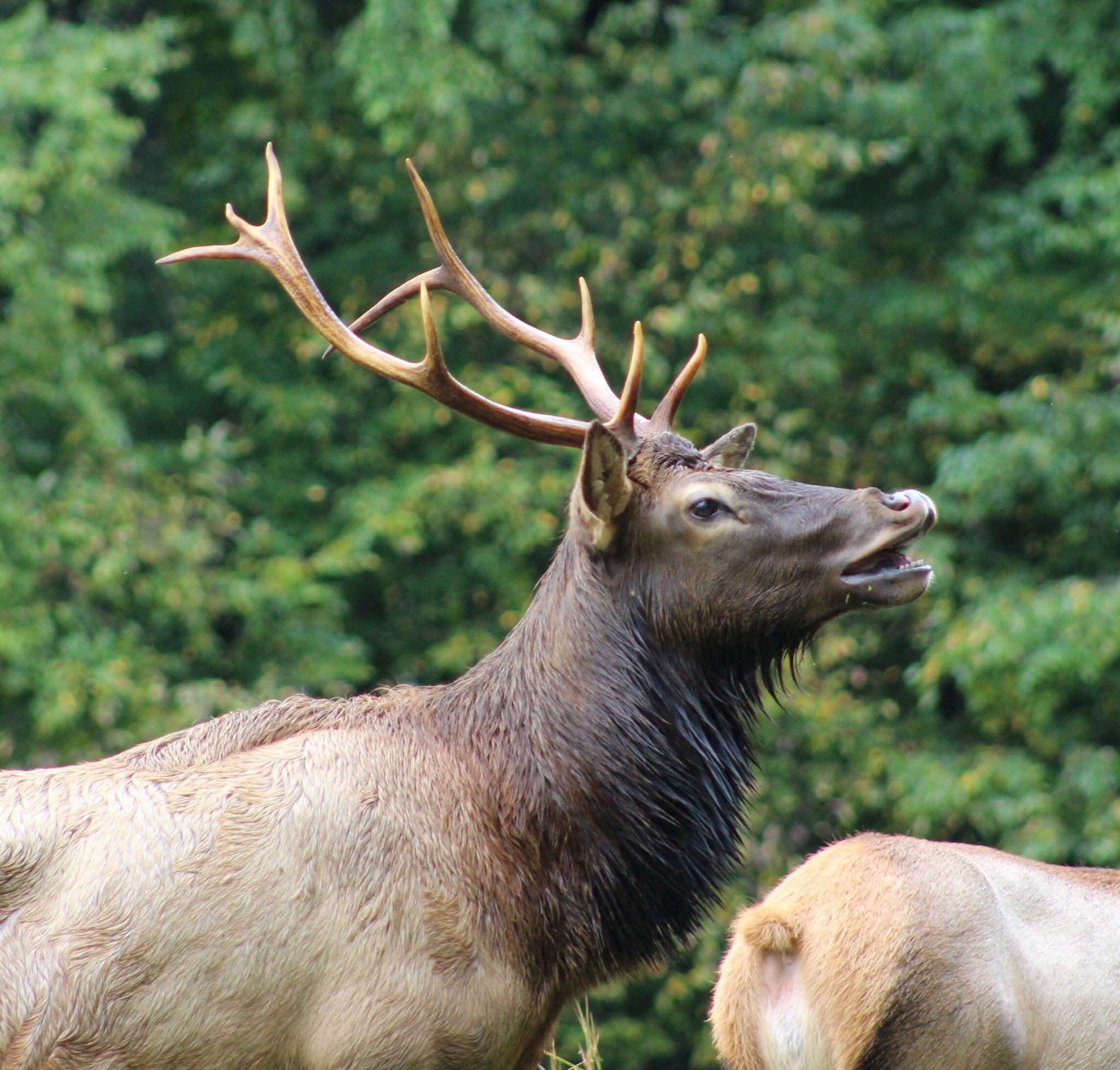
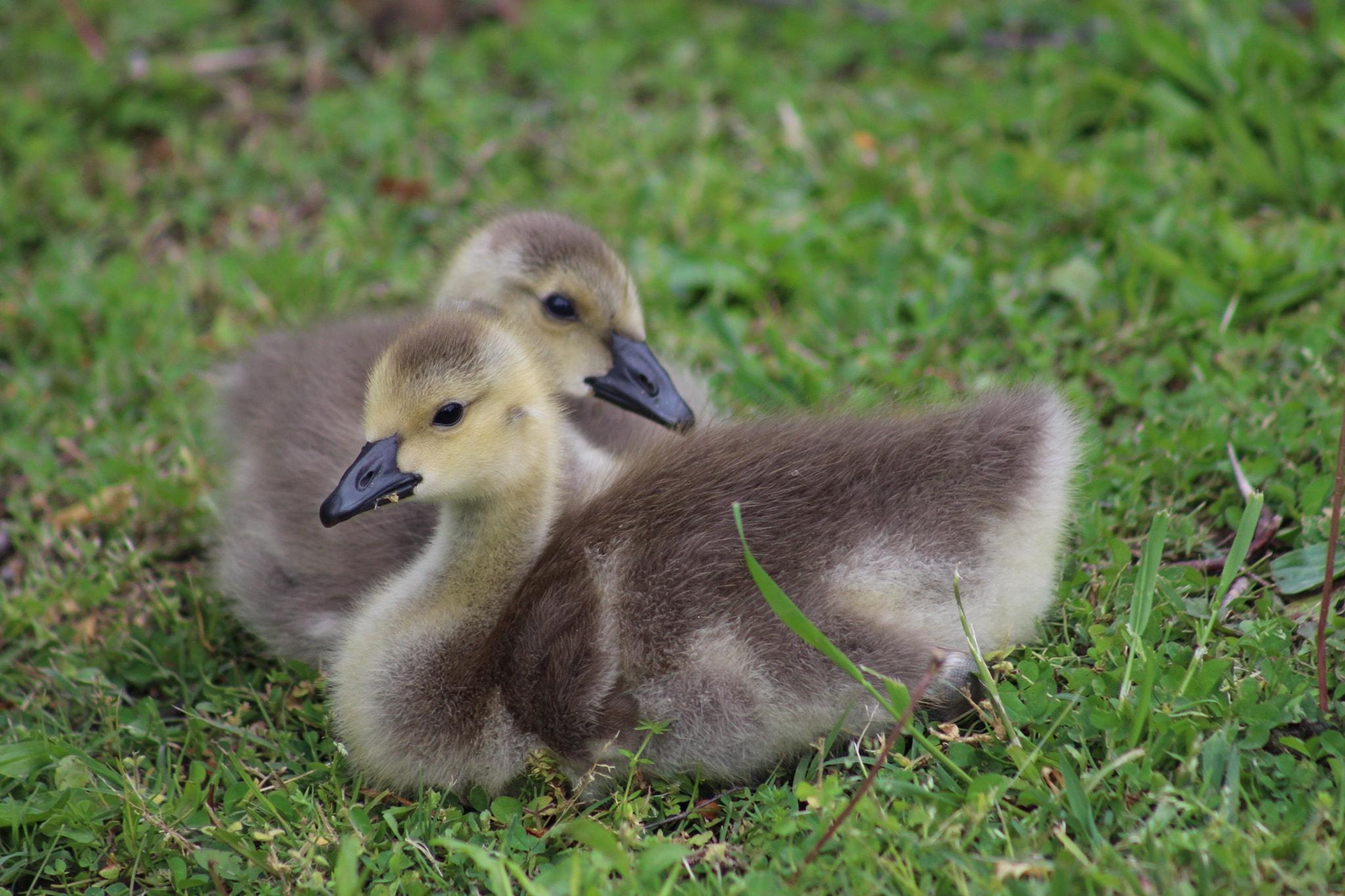
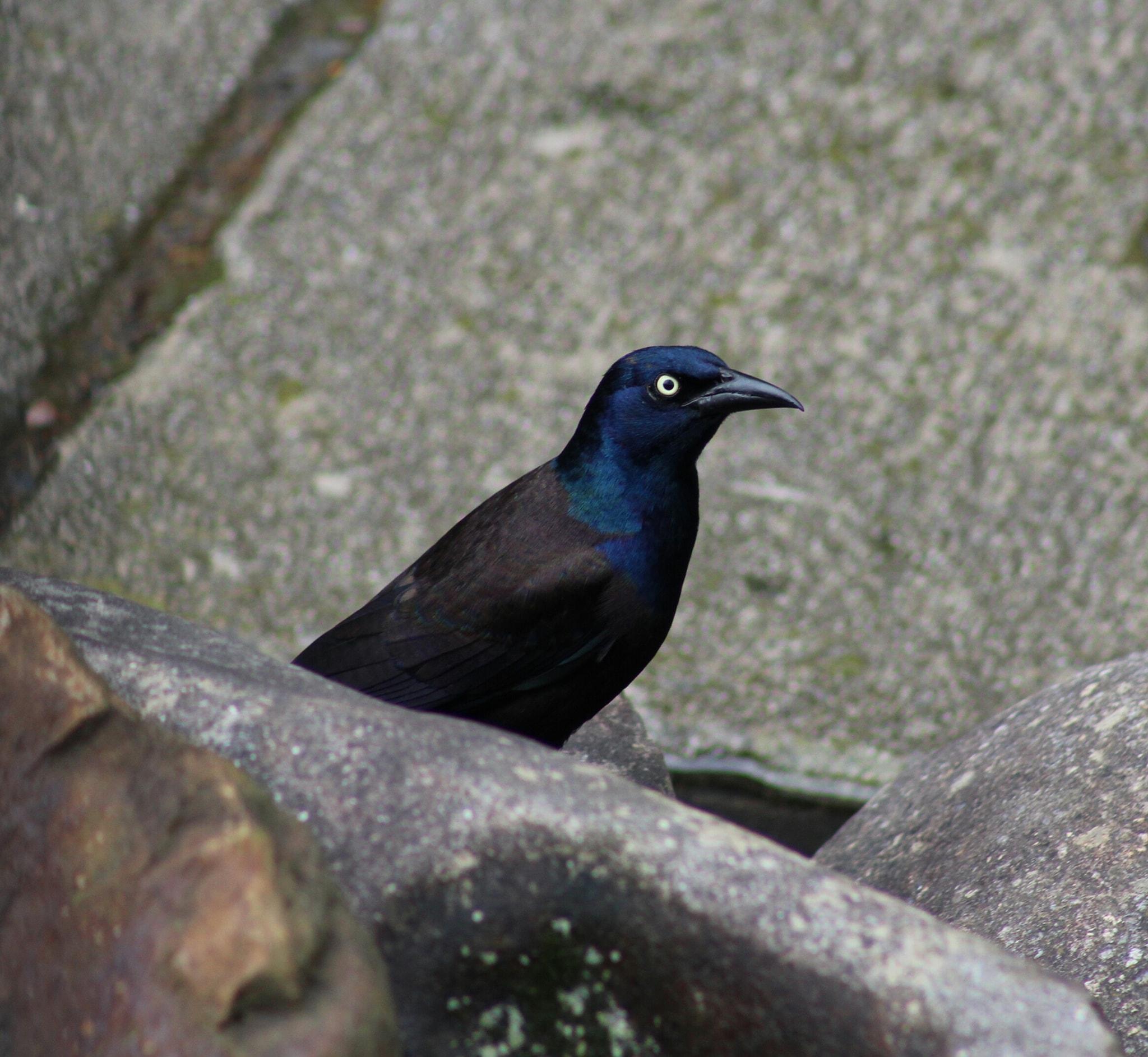
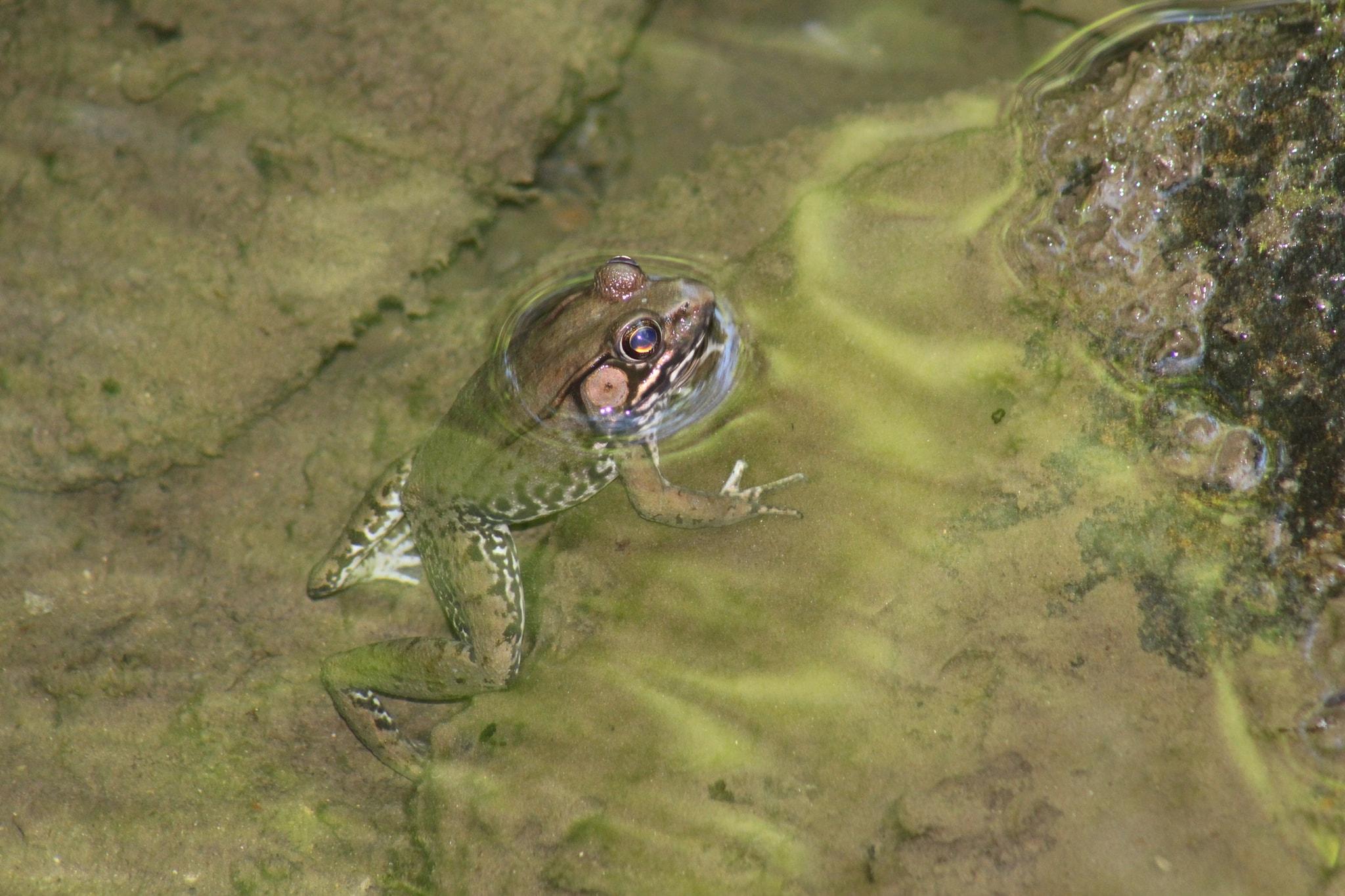
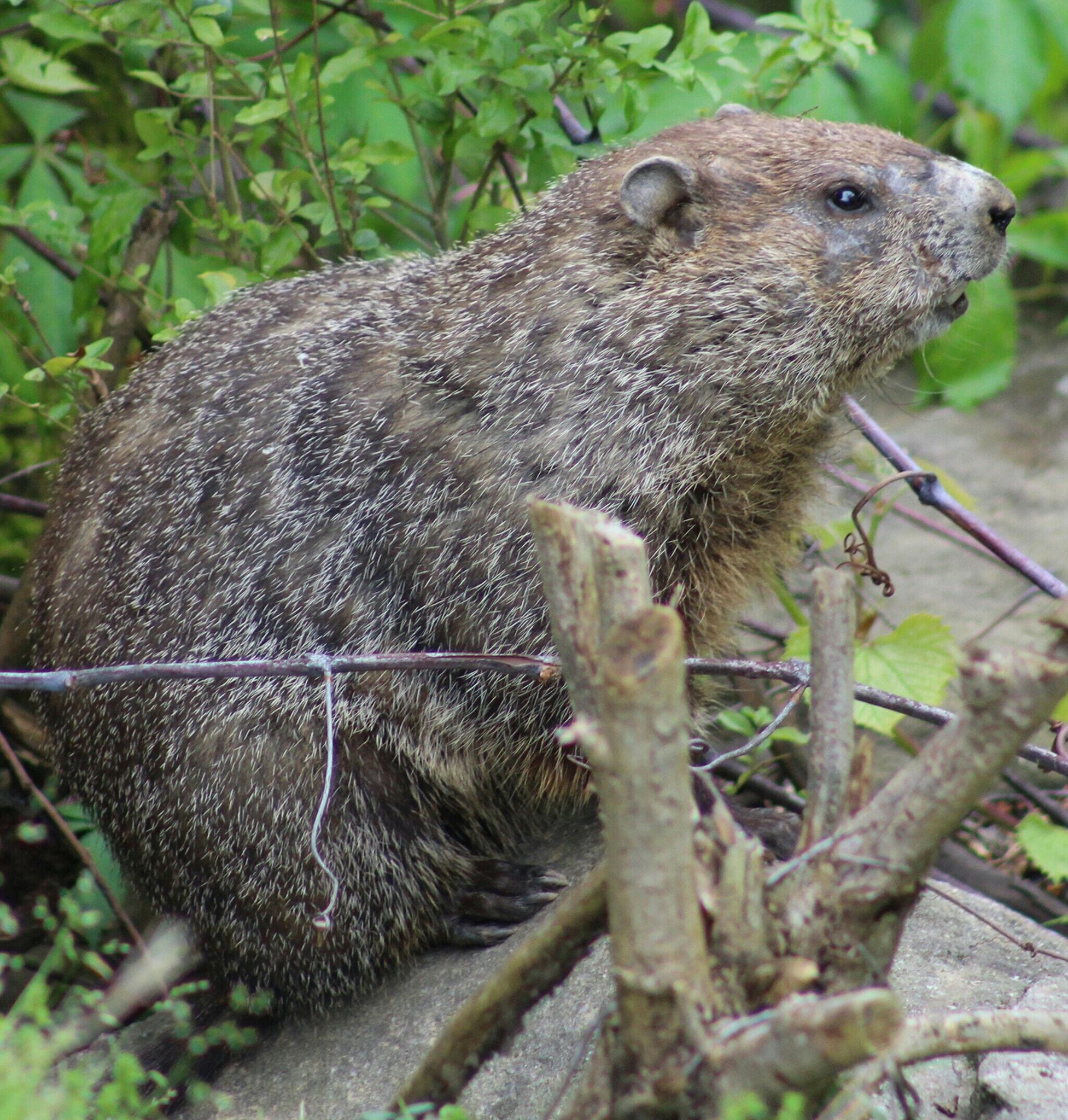
Recent Comments